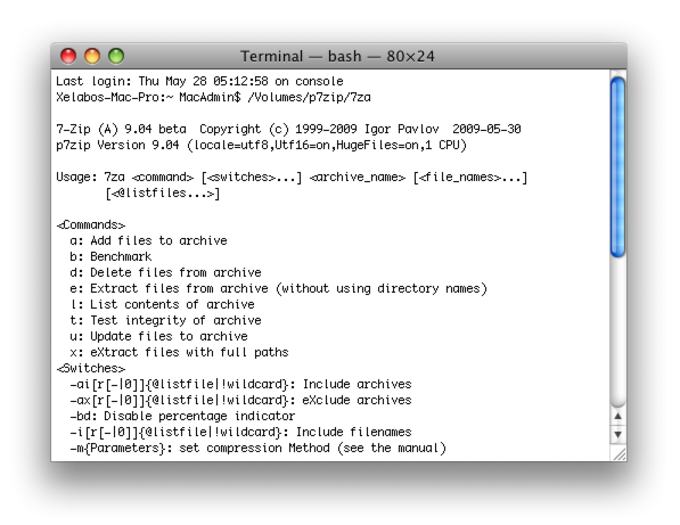



When it reaches the switch, it scans the sender’s MAC address with CAM table (Port no vs MAC. The data frames are sent over the network. If a node in the LAN network wants to communicate with another node, the network interface creates a data frame with the MAC address of the sender and receiver devices and pocket of the data to be sent. Most of the switches use Ethernet protocols that provide the Data link layer (layer-2) function, and this protocol enables the transfer of data frames created from the data pockets (sent by network layer) across the network. It also connects LANs with internet routers for internet access. Core: This is the central switch connecting the edge & distribution switch with the data center network.Distribution: These are placed in the middle layer of the entire network, and it manages traffic between switches.Edge or Access: It connects the end-user computers and access points and manages the network’s inward and outward traffic flow.Apart from connecting devices using MAC addresses for transferring data frames (Layer-2), these switches support routing protocols and route data packets across networks (Layer-3). Routing: LANs are connected through these switches.Though it is costlier than smart switches, it brings down the administrative cost significantly.īelow is the list of functions and deployment types: Fully (Enterprise) managed: They not only have all the features of a managed switch but have additional facilities like protecting configuration settings through backup/restore facility and better management options.These are priced between unmanaged switches and Enterprise managed. Port bandwidth and VLAN settings alone can be changed through this interface. Smart: They are assigned to manage switch class with limited options like Web interface.In addition, port bandwidth, VLAN settings, and port mirroring are features that can be modified dynamically.
WHATS EZ7Z SERIAL
Telnet, Secure shell, Serial console, Embedded protocols, and Web interface are the ways of interacting with these switches. Managed: The operation of these can be managed through command interfaces.This type is used mostly in the home environment. Unmanaged: A pure vanilla non-configurable switch simply acting as a network distribution or function box.A virtual switch is only software, and it is mostly used in the VM environment.It is inside the cable duct and floor boxes in an office environment.Small switch housed in communication towers in cell phone applications.Rack-mounted in an enclosure deployed inside a factory or in equipment in the data center.It is available in many physical forms like Standalone, desktop types used mainly for home applications.The manageability/scalability of the network is made simple & easy.Ĭategories can be into several types based on their form, configurations, functions, and deployments.It cost the same price as Hub, but the value the user gets is significantly higher.Collision is practically NIL because it establishes a connection with the recipient node only.It enhances the performance of the network, and the latency is low.Since the communication is sent only to the recipient, there is no load on the other nodes.It enables computers/devices to use the bandwidth of the network effectively.It provides the following benefits to business: Less traffic as the data packets are transmitted to only one correct node. Heavy traffic due to multiple transmissions to all nodes. Have management module, Processor, Table to maintain MAC addresses for managing traffic between nodes. Thus, there is no collision at all.ĭata is transmitted as electrical signals in the physical layer (L1) in the OSI model.ĭata frames of the Datalink (L2) layer and data pockets of the network (元) layer in the Open System Interconnection (OSI) model are transmitted. Incoming data is sent to the correct intended node using MAC address through the electronic tunnel created for a short time. Incoming data is accidentally transmitted to all nodes resulting in a collision. No limitation in the bandwidth, and it can go up to 1Gbps.


 0 kommentar(er)
0 kommentar(er)
